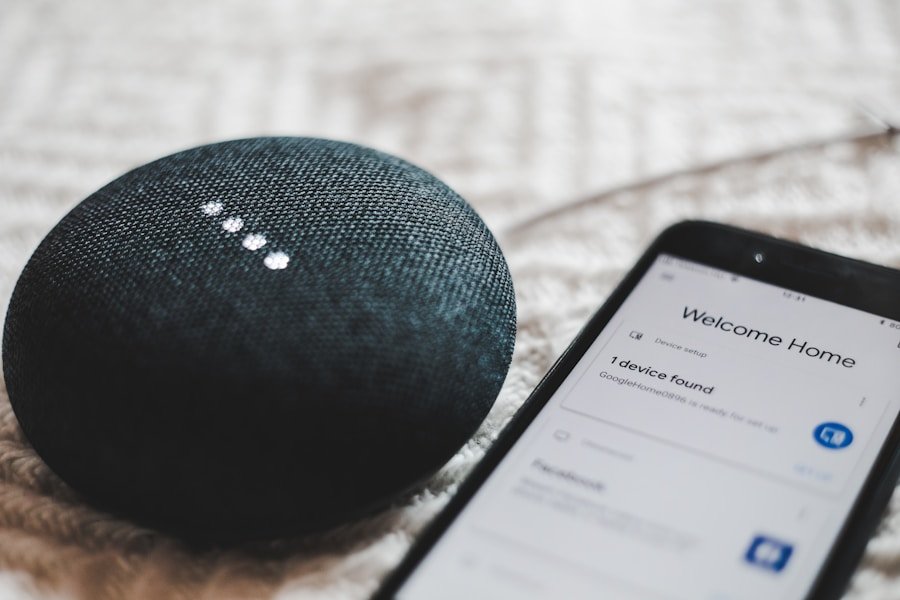Understanding your energy usage is the first step towards making your home more energy-efficient. By knowing how much energy you are using and where it is being used, you can identify areas for improvement and make informed decisions about how to reduce your energy consumption. One way to do this is by using a home energy monitor, which can provide real-time information about your energy usage and help you identify which appliances and devices are using the most energy. Additionally, you can also review your energy bills to see how much energy you are using each month and which appliances are contributing to the highest energy costs. By understanding your energy usage, you can take proactive steps to reduce your energy consumption and save money on your energy bills.
Another important aspect of understanding your energy usage is knowing the different factors that contribute to your overall energy consumption. This includes factors such as the size of your home, the number of occupants, the types of appliances and devices you use, and your heating and cooling systems. By understanding these factors, you can make more informed decisions about how to reduce your energy usage and make your home more energy-efficient. For example, if you have a large family, you may need to use more energy to power appliances and devices, so you may need to focus on finding energy-efficient appliances and implementing other energy-saving measures to offset the higher energy usage. Overall, understanding your energy usage is crucial for making your home more energy-efficient and reducing your environmental impact.
Implementing Energy-Efficient Appliances
One of the most effective ways to reduce your energy usage and make your home more energy-efficient is by implementing energy-efficient appliances. Energy-efficient appliances are designed to use less energy while still providing the same level of performance as standard appliances. This can help you save money on your energy bills and reduce your overall energy consumption. When shopping for new appliances, look for the Energy Star label, which indicates that the appliance meets strict energy efficiency guidelines set by the Environmental Protection Agency and the Department of Energy. Energy Star appliances can help you save up to 30% on your energy bills compared to standard appliances, making them a worthwhile investment for any home.
In addition to choosing energy-efficient appliances, you can also make your existing appliances more energy-efficient by using them more efficiently. For example, you can run your dishwasher and washing machine with full loads to maximise their efficiency, and use the cold water setting on your washing machine to save energy. You can also use the energy-saving settings on your appliances, such as the eco mode on your dishwasher or the power-saving mode on your computer, to reduce their energy consumption. By implementing energy-efficient appliances and using them more efficiently, you can significantly reduce your energy usage and make your home more environmentally friendly.
Utilising Natural Light and Ventilation
Utilising natural light and ventilation is another effective way to reduce your energy usage and make your home more energy-efficient. Natural light can help reduce the need for artificial lighting during the day, while natural ventilation can help reduce the need for air conditioning and cooling systems. To maximise natural light in your home, consider installing skylights or larger windows in rooms that receive less natural light. You can also use light-coloured curtains or blinds to allow more natural light into your home while still maintaining privacy. Additionally, consider using reflective surfaces such as mirrors or light-coloured paint to help distribute natural light throughout your home.
In terms of natural ventilation, consider opening windows and doors to allow fresh air to circulate through your home, especially during cooler times of the day. This can help reduce the need for air conditioning and cooling systems, saving you money on your energy bills. Additionally, consider installing ceiling fans or using portable fans to help circulate air throughout your home and keep it cool without relying on air conditioning. By utilising natural light and ventilation, you can reduce your reliance on artificial lighting and cooling systems, making your home more energy-efficient and environmentally friendly.
Unplugging Electronics When Not in Use
Unplugging electronics when not in use is a simple yet effective way to reduce your energy usage and make your home more energy-efficient. Many electronic devices continue to draw power even when they are turned off or in standby mode, which can contribute to a significant amount of wasted energy over time. To prevent this phantom power usage, make it a habit to unplug electronic devices such as televisions, computers, chargers, and kitchen appliances when they are not in use. Alternatively, you can use power strips with built-in timers or switches to easily turn off multiple devices at once when they are not needed.
In addition to unplugging electronics when not in use, you can also use power-saving settings on your devices to reduce their energy consumption. For example, you can enable sleep mode on your computer or set a timer for your television to automatically turn off after a certain period of inactivity. By taking these simple steps to unplug electronics and use power-saving settings, you can significantly reduce your energy usage and make your home more environmentally friendly.
Insulating Your Home
Insulating your home is an essential step towards making it more energy-efficient and reducing your heating and cooling costs. Proper insulation helps keep warm air inside during the winter and cool air inside during the summer, reducing the need for heating and cooling systems and saving you money on your energy bills. Start by checking for drafts around windows, doors, and other openings in your home, and seal them with weather stripping or caulk to prevent air leaks. Additionally, consider adding insulation to your attic, walls, and floors to further improve the thermal efficiency of your home.
Another important aspect of insulating your home is ensuring that it is properly ventilated to prevent moisture buildup and maintain indoor air quality. Proper ventilation can help prevent condensation and mould growth, which can affect the structural integrity of your home and pose health risks to occupants. Consider installing vents in bathrooms, kitchens, and other areas prone to moisture buildup, as well as using exhaust fans to remove excess moisture from indoor air. By insulating your home and ensuring proper ventilation, you can reduce your reliance on heating and cooling systems and make your home more energy-efficient.
Using Energy-Saving Light Bulbs
Using energy-saving light bulbs is a simple yet effective way to reduce your energy usage and make your home more environmentally friendly. Energy-saving light bulbs such as LED (light-emitting diode) and CFL (compact fluorescent lamp) bulbs use significantly less energy than traditional incandescent bulbs while providing the same level of brightness. This can help you save money on your lighting costs and reduce your overall energy consumption. Additionally, energy-saving light bulbs last much longer than traditional incandescent bulbs, reducing the frequency of bulb replacements and further saving you money in the long run.
When shopping for energy-saving light bulbs, look for bulbs with the Energy Star label or an equivalent certification from a reputable organisation. These bulbs have been tested for quality and efficiency, ensuring that they will provide long-lasting performance while using minimal energy. Additionally, consider using dimmer switches or timers with your energy-saving light bulbs to further reduce their energy consumption when full brightness is not needed. By using energy-saving light bulbs throughout your home, you can significantly reduce your lighting costs and make your home more environmentally friendly.
Monitoring and Managing Your Energy Usage
Monitoring and managing your energy usage is crucial for maintaining an energy-efficient home and reducing your environmental impact. One way to do this is by using a smart meter or home energy monitor, which can provide real-time information about your energy usage and help you identify areas for improvement. Additionally, many utility companies offer online tools or mobile apps that allow you to track your energy usage over time and compare it to previous months or years. By monitoring your energy usage, you can identify trends and patterns that can help you make informed decisions about how to reduce your overall consumption.
In addition to monitoring your energy usage, consider implementing smart technology such as programmable thermostats or smart plugs to manage your energy usage more effectively. Programmable thermostats allow you to set schedules for heating and cooling systems based on when you are at home or away, helping you save money on your heating and cooling costs. Smart plugs allow you to remotely control electronic devices and set timers for when they should be turned on or off, helping you reduce unnecessary energy consumption. By monitoring and managing your energy usage with smart technology, you can make proactive decisions about how to reduce your overall consumption and make your home more environmentally friendly.
In conclusion, understanding your energy usage is crucial for making informed decisions about how to reduce your overall consumption and make your home more environmentally friendly. By implementing energy-efficient appliances, utilising natural light and ventilation, unplugging electronics when not in use, insulating your home, using energy-saving light bulbs, and monitoring and managing your energy usage, you can significantly reduce your environmental impact while saving money on your energy bills. Making these changes may require an initial investment of time and money but will ultimately pay off in the long run through reduced energy costs and a smaller carbon footprint. By taking these steps towards an energy-efficient home, you can contribute to a more sustainable future for yourself and future generations.




0 Comments